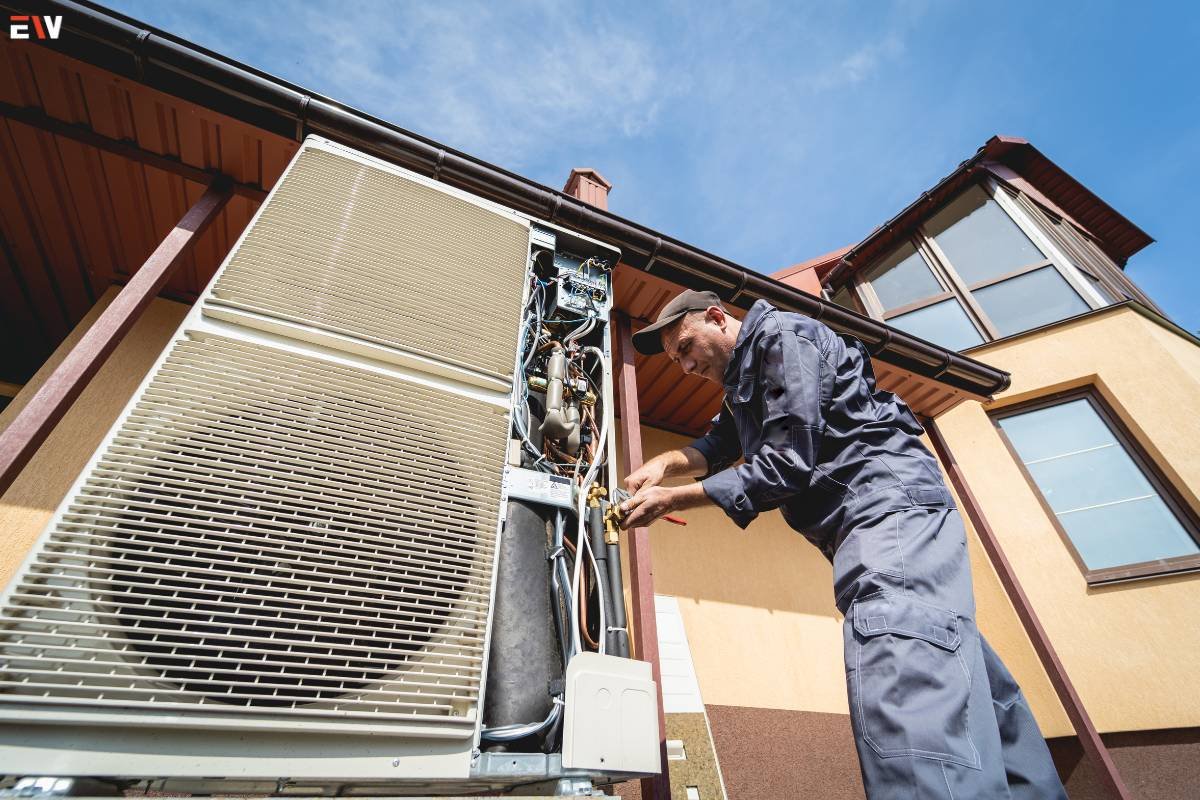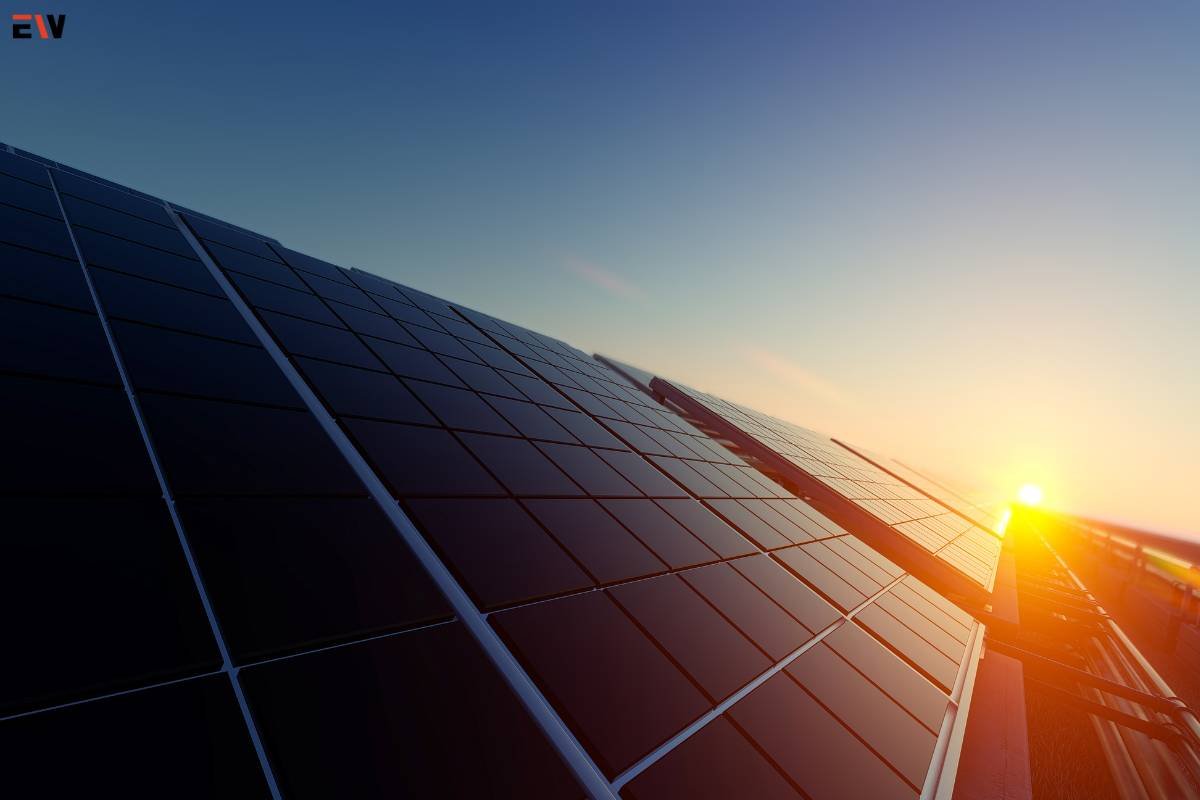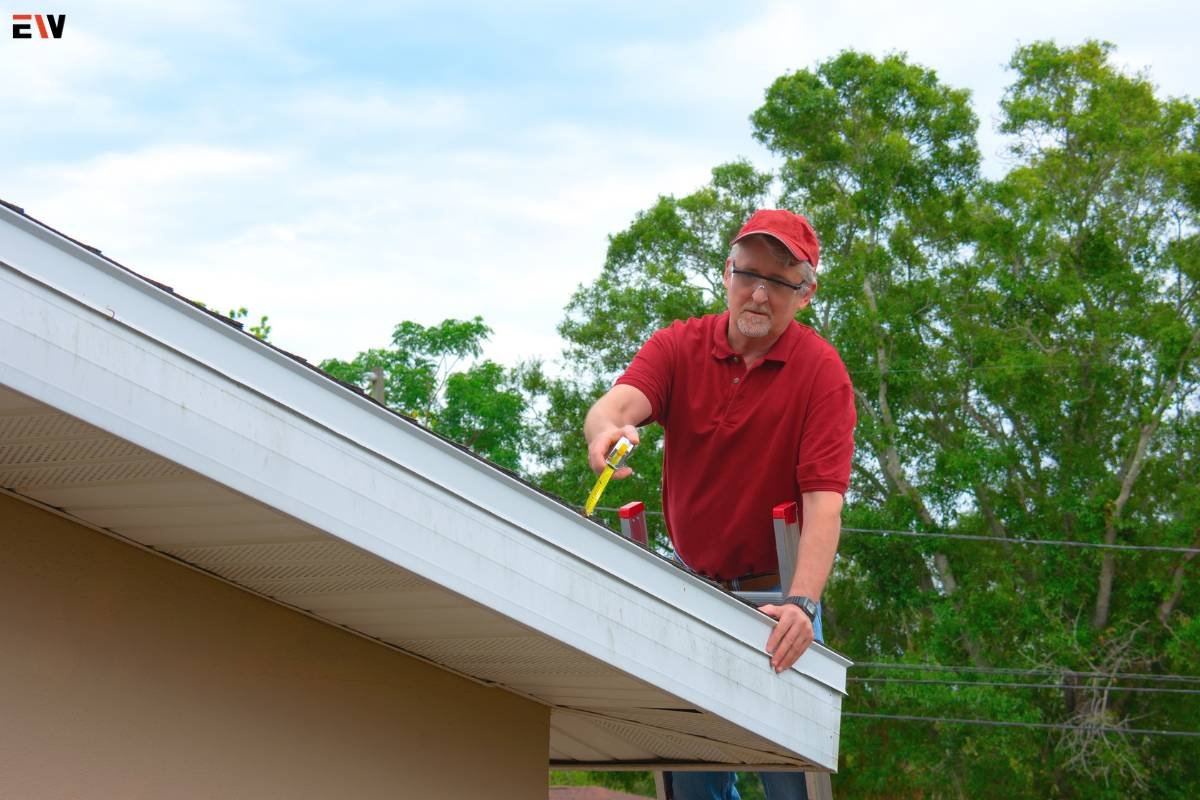The Earth, our only home, is a giant puzzle made up of many pieces that all fit together just right. This puzzle includes the weather, the land, the water, and all the living things, like animals and plants. The temperature of our planet plays a big role in keeping this puzzle balanced. When things get too hot or too cold, it can cause problems.
You might have heard about global warming, which means Earth getting a bit too warm because of all the extra heat-trapping gasses we are putting into the air. But have you heard about ‘Rapid Cooling?’ Another puzzle piece we need to talk about, and that’s exactly opposite of global warming. This happen when the Earth suddenly gets colder, and it can also mess things up with our existence.
In this article, we are going to take a closer look at this global issue, what makes it happen, and what it means for our planet. Have you observed the weather these days? Sometimes it gets really chilly when it’s not supposed to be? It is the beginning of rapid cooling.
This natural phenomenon can be a bit sneaky because it’s not as famous as global warming, but it’s still important. Just like when you put too much ice in your drink, and it gets too cold, the Earth can have its own chill moments. These sudden cooling can shake up the way things work on our planet.
So, let’s get started and learn more about fast cooling, why it happens, and what it means for the Earth and all the species who live on it.
Let’s Understand Rapid Cooling

At times, the Earth’s temperature can surprise us by dropping suddenly and causing a noticeable and quick cooling of our environment. This means everything around us gets significantly colder in a relatively short time. But it’s crucial to understand that this is different from global warming, which is a slow, long-term increase in the Earth’s overall temperature over many years.
Sudden cooling events happen because of various natural reasons. For instance, when volcanoes erupt, they release lots of ash and gasses into the air. This can block sunlight and cool down the planet temporarily. Similarly, large-scale forest fires can put lots of smoke and tiny particles into the atmosphere, which also has a cooling effect.
Here are some Major Causes of Rapid cooling:
1. Volcanic Eruptions
Volcanic eruptions release massive amounts of ash and aerosols into the atmosphere. These particles can block sunlight, causing a temporary cooling effect known as “volcanic winter.” Historically, volcanic eruptions have led to short-term cooling periods.
2. Solar Activity

The sun’s energy output varies over time, affecting Earth’s climate. Periods of decreased solar activity, such as solar minima, can lead to lower temperatures on Earth, contributing to such cooling events.
3. Human Activities
While global warming is primarily driven by human activities, some practices, such as deforestation and the release of aerosols into the atmosphere, can temporarily offset warming by promoting cooling. However, these actions often have detrimental long-term consequences.
The Impact
1. Disruption of Ecosystems
These cooling events can have severe consequences for ecosystems. Sudden temperature drops can harm plant and animal populations, disrupt migration patterns of birds and animals, that can affect the availability of food and water for their survival.
2. Agricultural Challenges
Farming practices are highly dependent on stable temperatures. Such natural events can damage crops, reduce yields, and lead to food shortages. This, in turn, affects global food security.
3. Extreme Weather Events
Rapid cooling can result in extreme weather events, such as cold snaps and severe storms. These events can cause widespread damage to infrastructure, disrupt transportation, and pose risks to human health.
4. Economic Impact
The economic consequences of rapid cooling are significant. Crop failures, increased energy demands for heating, and damage to property can lead to substantial financial losses.
Historical Examples of Rapid Cooling
1. The Little Ice Age (1300s to 1800s)
The Little Ice Age was a period of rapid cooling that had widespread effects on agriculture, causing crop failures and food shortages. It also led to the freezing of rivers and canals in Europe, impacting transportation and trade.
2. The Year Without a Summer (1816)
In 1816, a volcanic eruption in Indonesia (Mount Tambora) caused a “year without a summer” in parts of North America and Europe. The resulting cold temperatures and crop failures led to food shortages and social unrest.
3. Handling the Problems of Rapid Cooling
Addressing these events requires a comprehensive approach that considers both natural factors and human activities. Strategies include:
4. Monitoring Solar Activity
Continued monitoring of the sun’s activity can provide early warnings of potential sudden cooling events, allowing us to prepare and adapt.
5. Mitigating Human-Induced Cooling

Efforts to reduce deforestation and limit aerosol emissions can help minimize the unintended consequences of human activities that promote cooling.
6. Building Resilience
Developing resilient agricultural practices, infrastructure, and disaster preparedness plans can help communities adapt to rapid cooling events.
Conclusion
While we often hear about global warming, we shouldn’t forget about rapid cooling. It’s like a surprise cold spell on a warm day. These sudden temperature drops, caused by things like volcanoes, changes in the Sun, or even human actions, can create big problems. They mess up nature, affect our crops, change the weather, and can even hurt our economies.
To deal with this situation, we need to be smart and ready for anything. It’s like having an emergency plan for unexpected cold weather. We have to think about both natural stuff and things we humans do to make sure our planet stays safe and everyone on it is okay. It’s like taking care of our home.
By being prepared and thinking about what we do, we can make sure Earth is a good place to live, whether it’s getting hotter because of global warming or suddenly colder due to rapid cooling. We want our planet to be comfy and safe for everyone, now and in the future.









